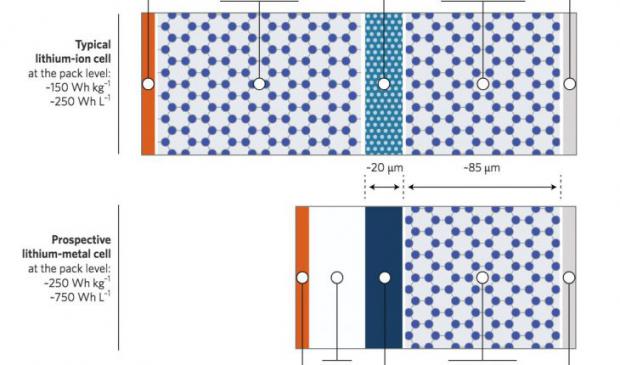
Breaking News
 Lumber Prices Are Flashing a Warning Sign for the U.S. Economy
Lumber Prices Are Flashing a Warning Sign for the U.S. Economy
 The Cost Of Living The American Dream For A Lifetime Has Reached A Whopping 5 Million Dollars
The Cost Of Living The American Dream For A Lifetime Has Reached A Whopping 5 Million Dollars
 Reverse Erectile Dysfunction FAST (Without Viagra)
Reverse Erectile Dysfunction FAST (Without Viagra)
 Who's Buying Up America's Farmland? The Land Grab You Need to Know About
Who's Buying Up America's Farmland? The Land Grab You Need to Know About
Top Tech News
 Methylene chloride (CH2Cl?) and acetone (C?H?O) create a powerful paint remover...
Methylene chloride (CH2Cl?) and acetone (C?H?O) create a powerful paint remover...
 Engineer Builds His Own X-Ray After Hospital Charges Him $69K
Engineer Builds His Own X-Ray After Hospital Charges Him $69K
 Researchers create 2D nanomaterials with up to nine metals for extreme conditions
Researchers create 2D nanomaterials with up to nine metals for extreme conditions
 The Evolution of Electric Motors: From Bulky to Lightweight, Efficient Powerhouses
The Evolution of Electric Motors: From Bulky to Lightweight, Efficient Powerhouses
 3D-Printing 'Glue Gun' Can Repair Bone Fractures During Surgery Filling-in the Gaps Around..
3D-Printing 'Glue Gun' Can Repair Bone Fractures During Surgery Filling-in the Gaps Around..
 Kevlar-like EV battery material dissolves after use to recycle itself
Kevlar-like EV battery material dissolves after use to recycle itself
 Laser connects plane and satellite in breakthrough air-to-space link
Laser connects plane and satellite in breakthrough air-to-space link
 Lucid Motors' World-Leading Electric Powertrain Breakdown with Emad Dlala and Eric Bach
Lucid Motors' World-Leading Electric Powertrain Breakdown with Emad Dlala and Eric Bach
 Murder, UFOs & Antigravity Tech -- What's Really Happening at Huntsville, Alabama's Space Po
Murder, UFOs & Antigravity Tech -- What's Really Happening at Huntsville, Alabama's Space Po
Lithium metal electrode batteries

Researchers identified critical parameters against which to assess progress and provided a summary of published efforts.
Using lithium (less than 30 microns) rather than thick lithium foils for numerous reasons, including the ability to detect soft shorts.
If the lithium metal electrode can be proven to cycle in small research cells using the four parameters identified here, with material and processing costs consistent with the cost target at scale, additional challenges and opportunities will be evident. A dense lithium foil cycled with high per-cycle utilization is required and will result in significant volume changes in large-format cells; the resulting stresses and shape change may limit cycling and have deleterious side effects. Lithium metal electrodes with minimal volume change, or novel types of large-format cells or packs containing them, are possible solutions.

 Tiny briefcase engine boosts EV range beyond battery power
Tiny briefcase engine boosts EV range beyond battery power 

